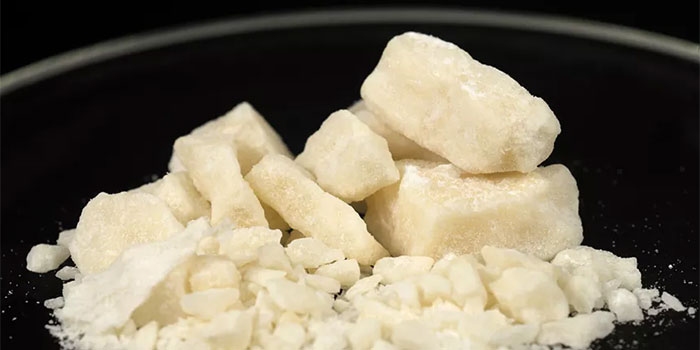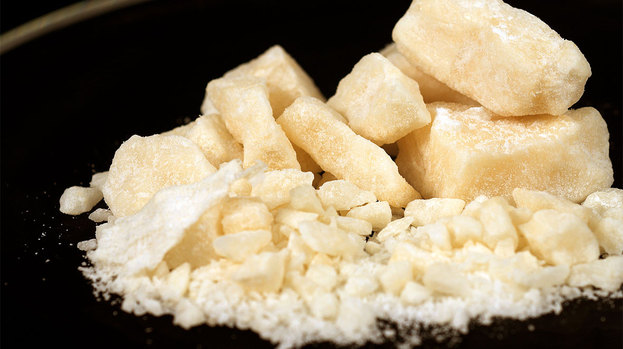In England, Scotland and Northern Ireland, there are now more than 200,000 opiate and crack cocaine users, aged 35 to 64...
Crack cocaine use is up in England and the Government want to know why. A report from the Home Office and Public Health ...
Paul James, an ex-international footballer originally from Cardiff, announced in January 2017 that he would be deliberat...
Crack cocaine is the most psychologically dependent drug; users experience euphoric highs, but the effects can last as l...
Cocaine is a highly addictive and powerful drug that many users take recreationally. While some people can take cocaine ...
When you think of drug and alcohol addiction, does your mind even consider world-class sports stars as being involved? P...





